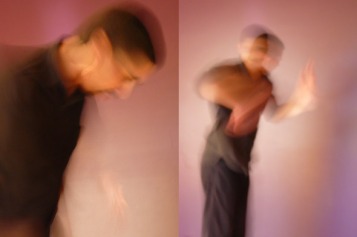There seems to be a lot of debate about whether or not seid/seidh has anything to do with the notion of seething. One point in this debate that tends to get overlooked in the to and fro is that of Jan Fries, who pointed out that seid is described as ergi in the old sources and the Indo-European root of ergi, *ergh-, means “to move heavily, to tremble, to quiver, to be excited” – a metaphor that evokes much more strongly the image of a boiling, seething, agitated magician than it does the image of a calmly seated one. This word also cognates, he has pointed out, with the ancient Greek orcheisthai: quivering, leaping, jumping, dancing. Perhaps seid was considered ergi (shameful) because it provoked otherwise reserved and self-controlled individuals to act with complete abandon, to give into to “weakness” and let themselves be driven by impulse and divine madness? And yet I believe something similar is going on with berzerk rage – Odin as both shameful/effeminate AND hyper-masculine!
Given the disagreement around seid it would be prudent for all parties to accept that each has a little truth. In exploring the worlds of improvised and trancing dance I have certainly experienced shape changing, visions, prophecy, and who knows what else. Here are some shots of me going for it in my wife’s energy dance class:

1 thought on “Seething, Seidh, and Ergi”